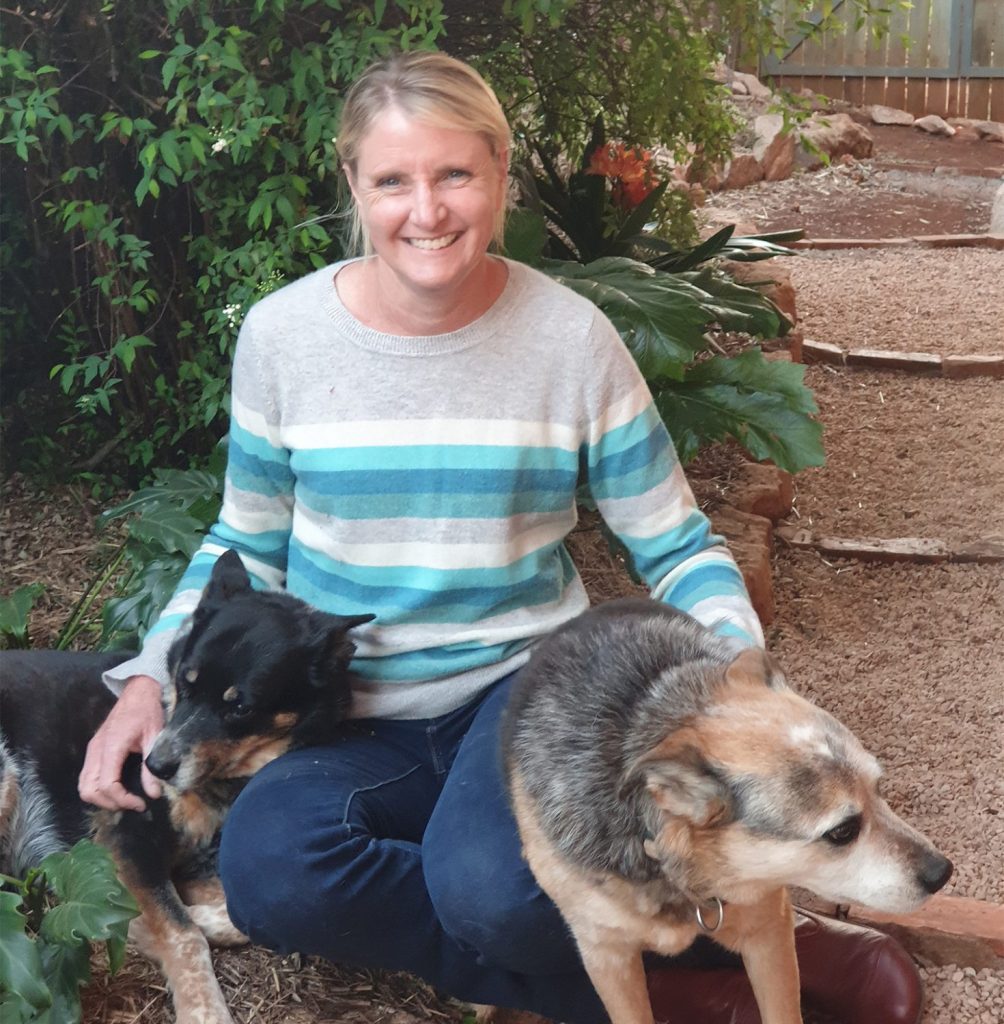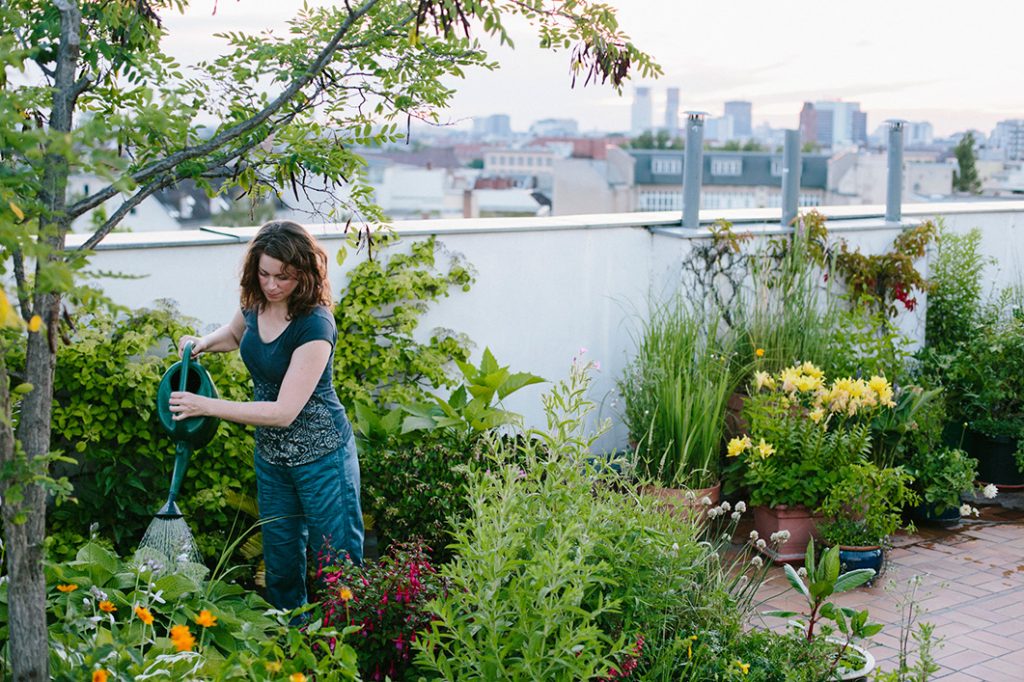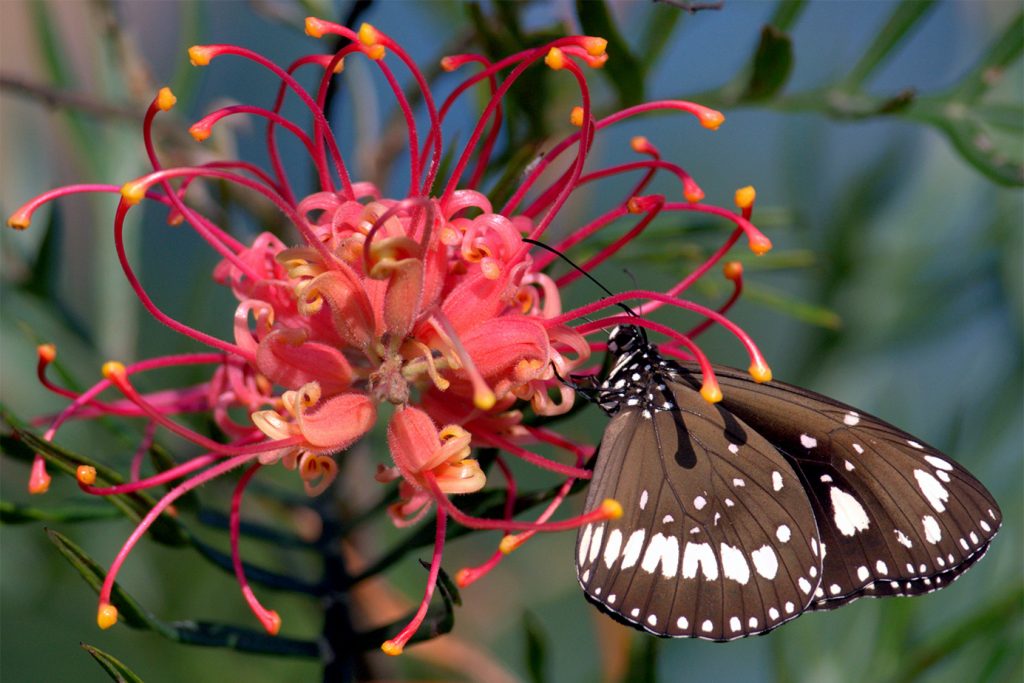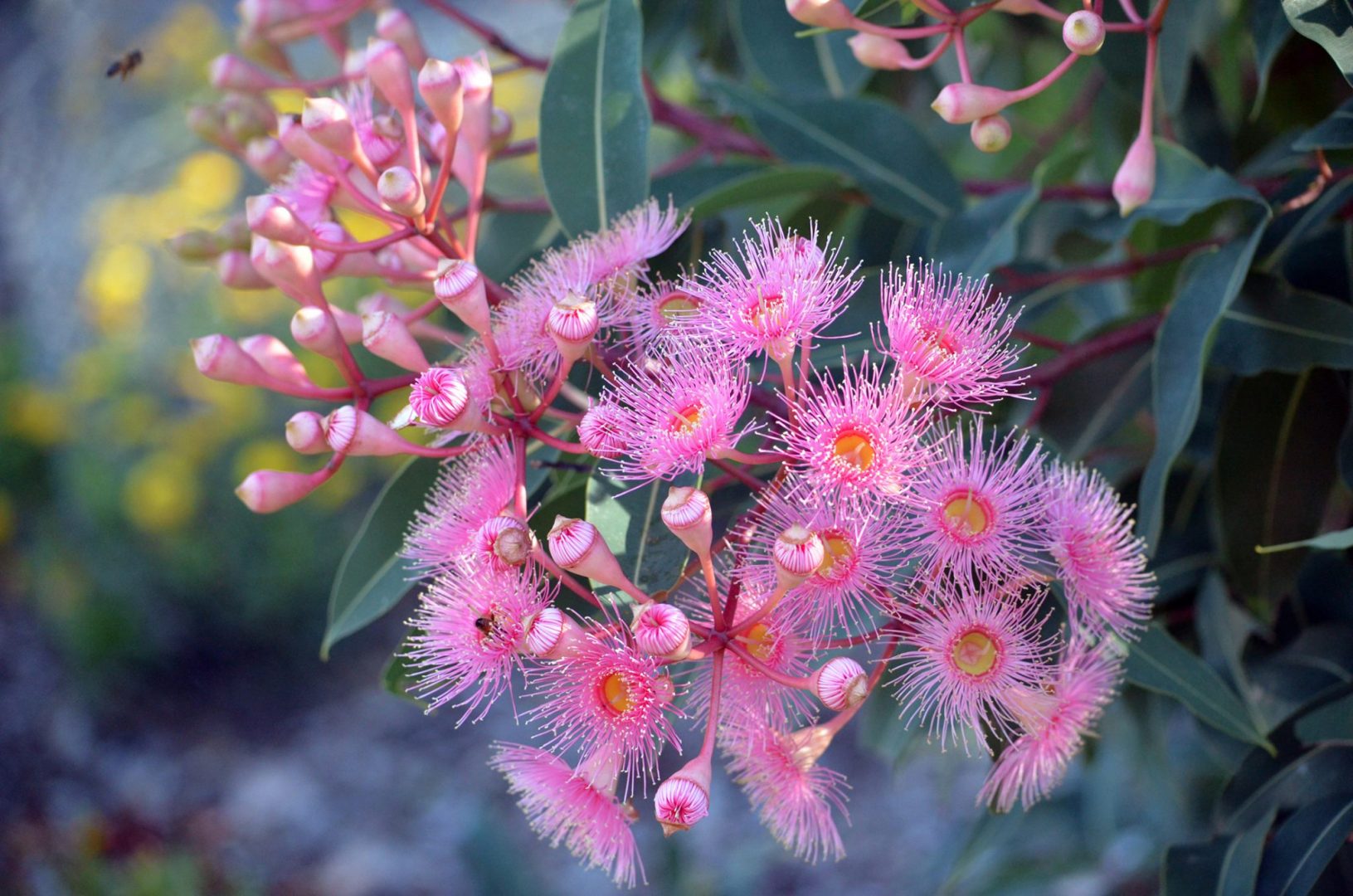Expert advice from landscape architect Jackie Amos
Jackie Amos brings to Sawtell Commons (the new lifestyle development on the Coffs Coast) close to two decades of industry experience and is particularly passionate about incorporating the natural environment into her designs. Jackie shares some wonderful gardening tips too.
Q) Jackie, tell us a little about your work.
I have been a landscape architect for 19 years. This occupation has provided so many great opportunities; I work on everything from public parks to playgrounds, schools and commercial projects. Each project is different and requires its own solution.
Q) What influences your design style?
My biggest influence has always been the natural environment. I like spaces to reflect their context and considering natural settings is always a good start.

Jackie relaxing at home
Q) Do you always have the long-term vision in mind?
In landscape design you always have to be thinking of the long-term vision. I learned early on in my career that getting the trees right was the most important thing – they provide the framework. It takes time for plants to establish and places evolve as communities come to use spaces in different ways. Landscape design is about trying to create great spaces that the community can make their own.
Q) Is there one project you’ve been involved in that stands above the rest?
North Sapphire Beach on the Coffs Coast was special because it was the first project I undertook when I started my own business. The project developers were also passionate about creating something wonderful. I particularly enjoyed how huge a role the natural environment played in the estate. The beach, creeks and wetlands provided much inspiration in designing the walkways, boardwalks and parklands.

Part of the North Sapphire Beach Estate project (above) which Jackie loved being involved in
Q) You’re involved with the overall landscape design for Sawtell Commons?
Sawtell Commons has the benefit of being sited with Bongil Bongil National Park on three of its boundaries. The eastern part includes forest which will be added to the National Park. The northern side has a natural drainage corridor and vegetation here will be retained and enhanced with extensive revegetation planting. These natural features factor into the design.
I have sought to provide opportunities for residents to enjoy the outdoors and to engage with the natural setting i.e. walking paths along the creek, shaded seating areas, a shady children’s play area and plenty of opportunities for active and passive relaxation. I have also designed the parkland along the creek for people to enjoy. I like to use natural surrounds as inspiration in choosing plant species.
Q) Where are many of us going wrong at home?
I think there’s often a focus on the internal spaces and we miss the opportunity to create our own outdoor spaces. These days, the ‘yard’ just seems to be something the house sits within rather than a loved and used space. I would like to see people think about how they can make their garden a real part of their home that is used and loved. Being in the garden, either working, relaxing or playing, is healthy for us all.
Q) What are the current trends in landscape design?
There’s a trend toward sustainability and being more environmentally minded. Density leads to less green space so the provision of shade and greenery in our urban spaces is becoming more important. Options like green walls and rooftop gardens are becoming popular.

Density has led to people installing green walls and creating rooftop gardens (above) in urban spaces
Jackie’s Top Gardening Tips
1. Consider native plants. They often flower longer than exotics, have less water requirements and encourage local birdlife. To see what does well in your area, drive around and look at other local gardens or visit a nearby nursery.
2. Grevilleas (see below) do particularly well in this region. They have beautiful flowers, flower for very long periods of time, come in many colours and birds love them. They’re one of my favourites.
3. Create a garden you want to be in, not just look at. Think about where you want to sit, how the kids might play and create functional outdoor spaces.
4. Plant a tree in your garden. It’s great for shade and adds long-term greenery to your suburb too.
5. Group your plants according to how much water they are likely to require.
6. Keep concrete and other hard surfaces to a minimum. Gardens, grass and gravel areas allow rainwater to soak into and replenish the ground.
7. Try and mulch your garden. Organic mulch will help to maintain moisture and keep weeds down as well as
adding nutrients to the soil as it breaks down.
8. Gardening does not have to be expensive. Planting native plants as tube stock (small plants) allows them to establish well and develop a good root system. They also adjust well to minimal watering when planted as small plants. You can save money by propagating many plants from cuttings. Make your own plants and save money.
9. Plants with grey or silver foliage are often hardy and have low water requirements. Silver foliage in your garden creates contrast with other plants.
10. Gardening is a great way to get children outside. Encourage them to dig, plant and mulch. Interesting plants like succulents can appeal to a budding gardener.

Grevilleas do particularly well in our region. Jackie encourages us all to consider native plants
Contact Jackie – [email protected]


